The annual piping plover census was June 1 through 9. Monitors across the commonwealth surveyed every suitable beach for this threatened species. BiodiversityWorks, Mass Audubon, Martha’s Vineyard Land Bank, Sheriff’s Meadow Foundation and The Trustees of Reservations all monitor and protect beach and Island-nesting birds along the shores of Martha’s Vineyard and Chappaquiddick putting in tremendous effort and lot of heart from April into August.
Currently there are 70 pairs of piping plovers nesting on beaches around the Island. When I washed ashore in 1992, Martha’s Vineyard had only 12 pairs of nesting piping plovers. They are an example of how a species can recover with protection and public education efforts by conservation groups.
A few of our piping plovers have hatched chicks but most are incubating eggs or are laying eggs after losing them to recent storm tides, skunks or crows. Piping plovers lay their eggs in a simple scrape in the sand. Females lay one egg every other day. Each egg is about 10 per cent of the female’s body weight, so laying a clutch of four eggs is exhausting for the mother plover. When the clutch is complete, the father plover steps in and shares incubation duties. When a predator approaches, the adult plover sneaks off the nest and appears in front of the predator to distract it and lead it away from the eggs or chicks.
Each adult incubates for 30 to 40 minutes before they trade places. The incubation period is 26 days. The parent plovers incubate in blowing sand, hot and cold temperatures and rain. When the chicks hatch, they are out of the nest within a few hours, appearing as cotton balls on toothpick legs. The chicks feed themselves but rely on their parents to protect them from heat, cold and rain, and to distract predators away.
Plovers and people can share the shore but please check the rules at the beaches you visit. One of the most important is whether or not dogs are permitted. If they are, they must be leashed.
Watching piping plovers with binoculars can be magical. Be sure to sit away from their posted area and wait patiently for a glimpse of them foraging along the intertidal zone or moving their chicks up the beach.
Bird Sightings
Matt Pelikan conducted his annual breeding bird survey on June 6. Highlights were willow flycatcher and woodcock in Aquinnah, warbling vireo and orchard oriole in Vineyard Haven and a red-breasted nuthatch in the state forest.
Lanny McDowell and Pete Gilmore photographed an arctic tern at Norton Point on June 1. Bob Shriber saw two black terns on an Aquinnah beach on June 7. A yellow-crowned night heron was seen in the western portion of Lagoon Pond by Dana Bangs on June 6. It was a second year bird.
Several birders, including myself, found saltmarsh sparrows singing in marshes at Eel Pond, Katama Bay and along Sengekontacket Pond. These lovely sparrows nest in the saltmarsh grasses and time their incubation to the two-week window between new and full moon tides. Sadly, they are suffering from increased nest inundation because of sea level rise. We can help them by ensuring that marshes are allowed to migrate inland as sea level rises. That means limiting shoreline armoring and development. A healthy and mobile marsh means resilient shorelines that protect us from flooding while providing essential habitat for birds, fish and marine life.
Mass Audubon’s Bird-a-thon was held May 15. The Felix Neck team logged 153 species including some from Al Sgroi who was birding off-Island for the team.
Species seen on-Island by the Felix Neck team follow:
American black duck, American crow, American golden plover, American goldfinch, American oystercatcher, American redstart, American robin, American woodcock, Baltimore oriole, bank swallow, belted kingfisher, black scoter, black skimmer, black-and-white warbler, black-capped chickadee, blackpoll warbler, black-throated blue warbler, black-throated green warbler, blue jay, blue-winged warbler, brant, brown creeper, brown-headed cowbird, bufflehead, Canada goose, Carolina wren, cedar waxwing, chimney swift, chipping sparrow, chuck-will’s-widow, cliff swallow, common eider, common grackle, common loon, common merganser, common raven, common tern, common yellowthroat, downy woodpecker, dunlin, eastern bluebird, eastern kingbird, eastern screech-owl, eastern towhee, eastern whip-poor-will, eastern wood-peewee, European starling, field sparrow, fish crow, golden-crowned kinglet, gray catbird, great black-backed gull, great blue heron, great crested flycatcher, great egret, great horned owl, greater yellowlegs, green heron, hairy woodpecker, herring gull, horned lark, house finch, house sparrow, house wren, least sandpiper, least tern, lesser black-backed gull, mourning dove, mute swan, northern cardinal, northern flicker, northern harrier, northern mockingbird, northern parula, northern waterthrush, orchard oriole, osprey, ovenbird, pine siskin, pine warbler, piping plover, prairie warbler, purple finch, red-bellied woodpecker, red-breasted merganser, red-breasted nuthatch, red-eyed vireo, red-headed woodpecker, red-tailed hawk, red-winged blackbird, ring-necked pheasant, rock pigeon, roseate tern, rose-breasted grosbeak, ruby-throated hummingbird, ruddy turnstone, sanderling, savannah sparrow, snowy egret, song sparrow, tree swallow, tufted titmouse, turkey vulture, Virginia rail, white-breasted nuthatch, white-eyed vireo, white-throated sparrow, white-winged scoter, wild turkey, willet, and wood duck.
Luanne Johnson is a wildlife biologist and director of BiodiversityWorks.

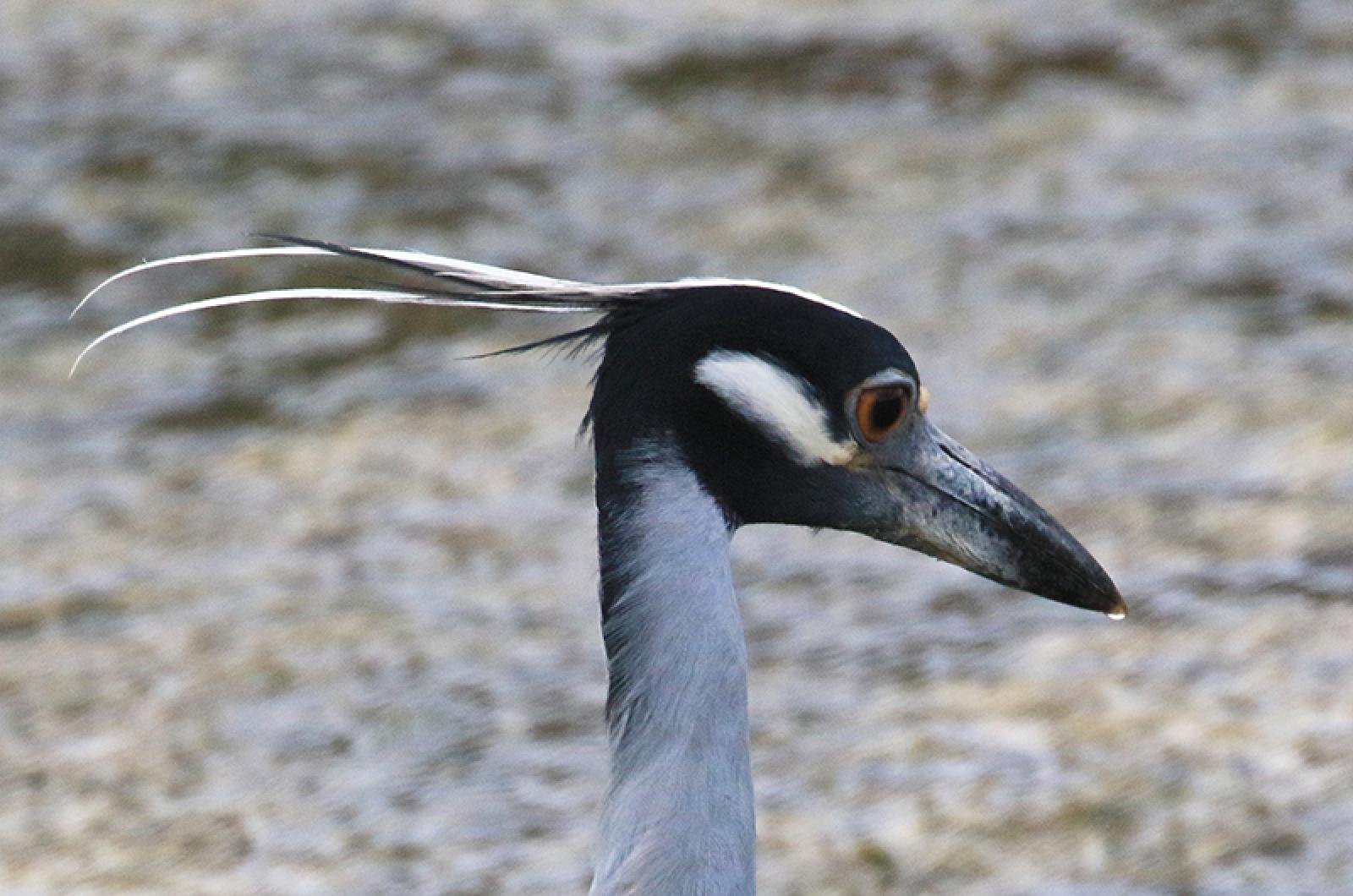
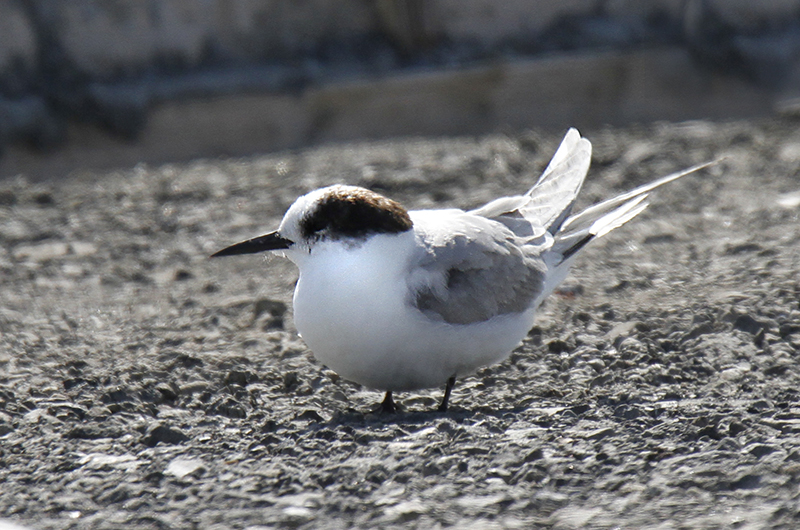
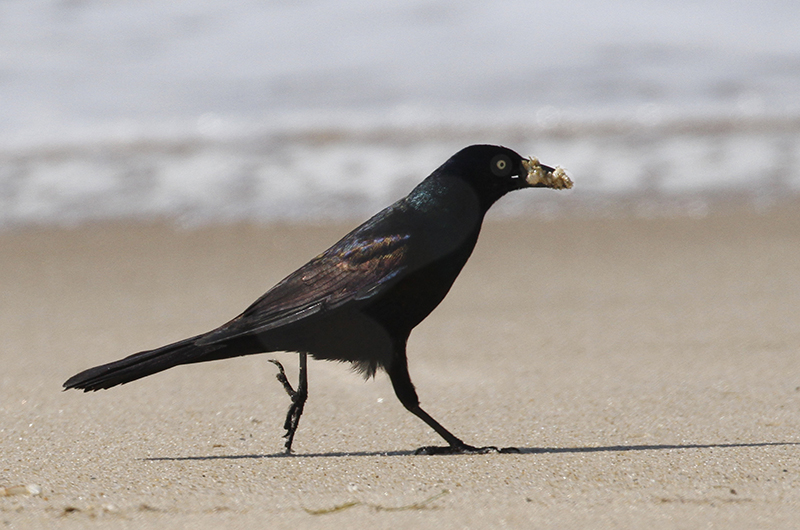
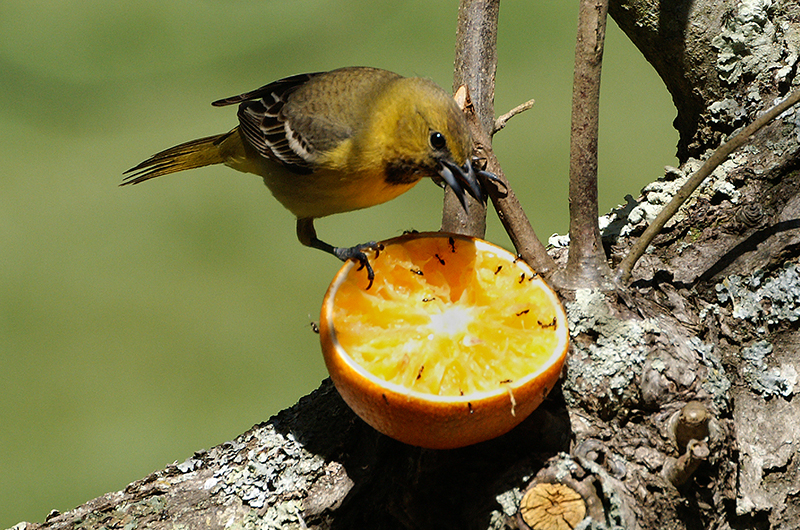
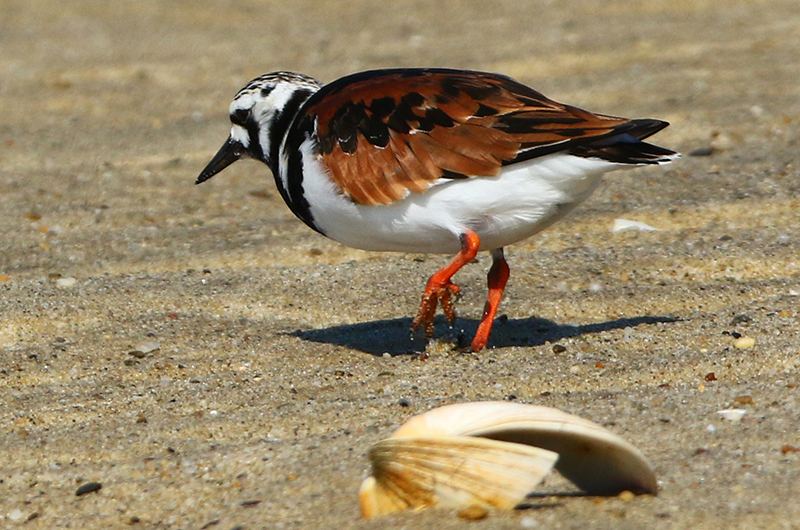





Comments
Comment policy »